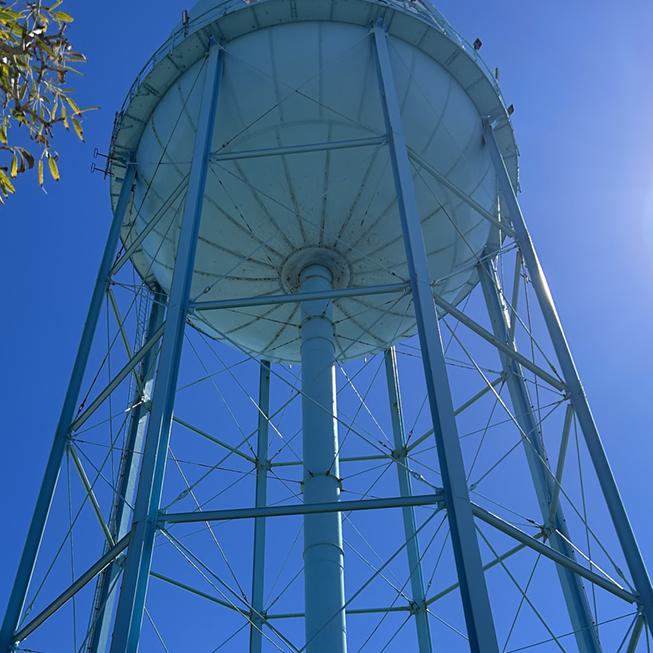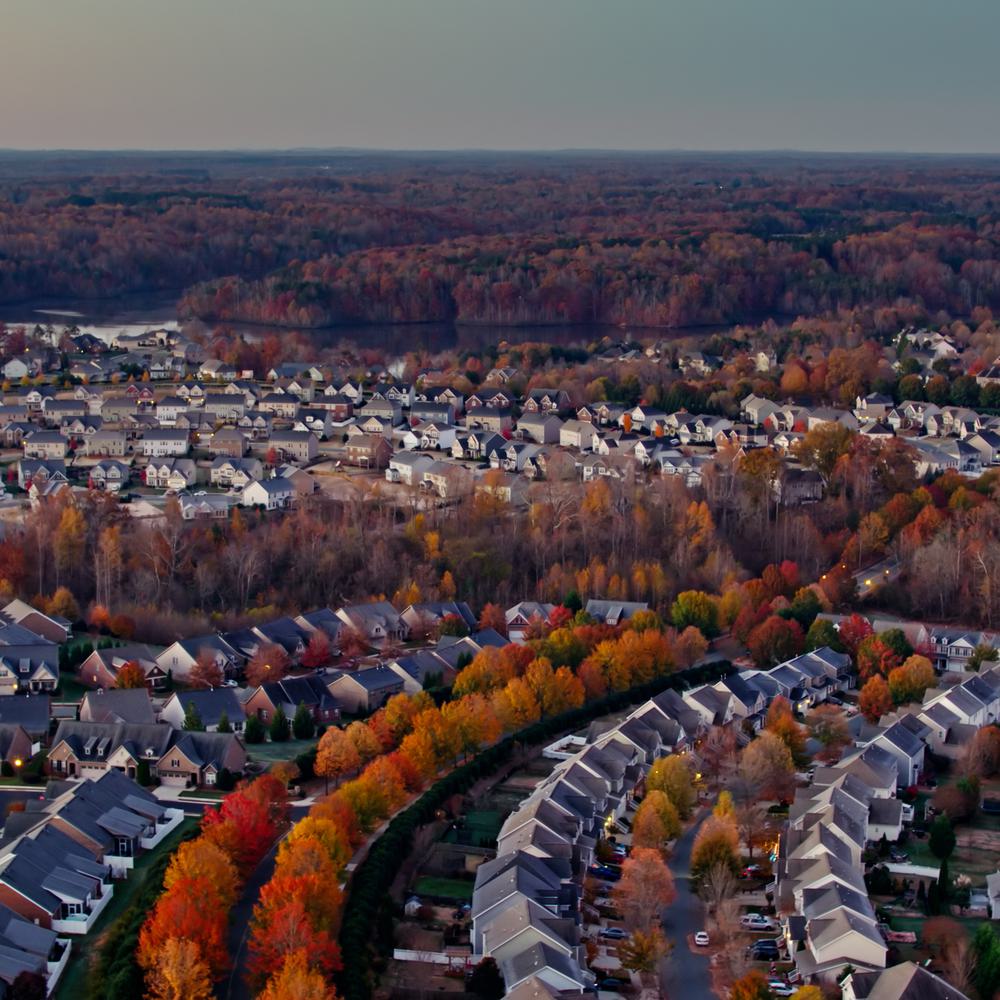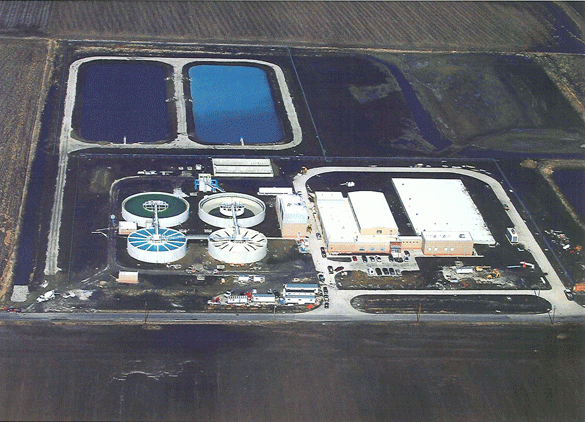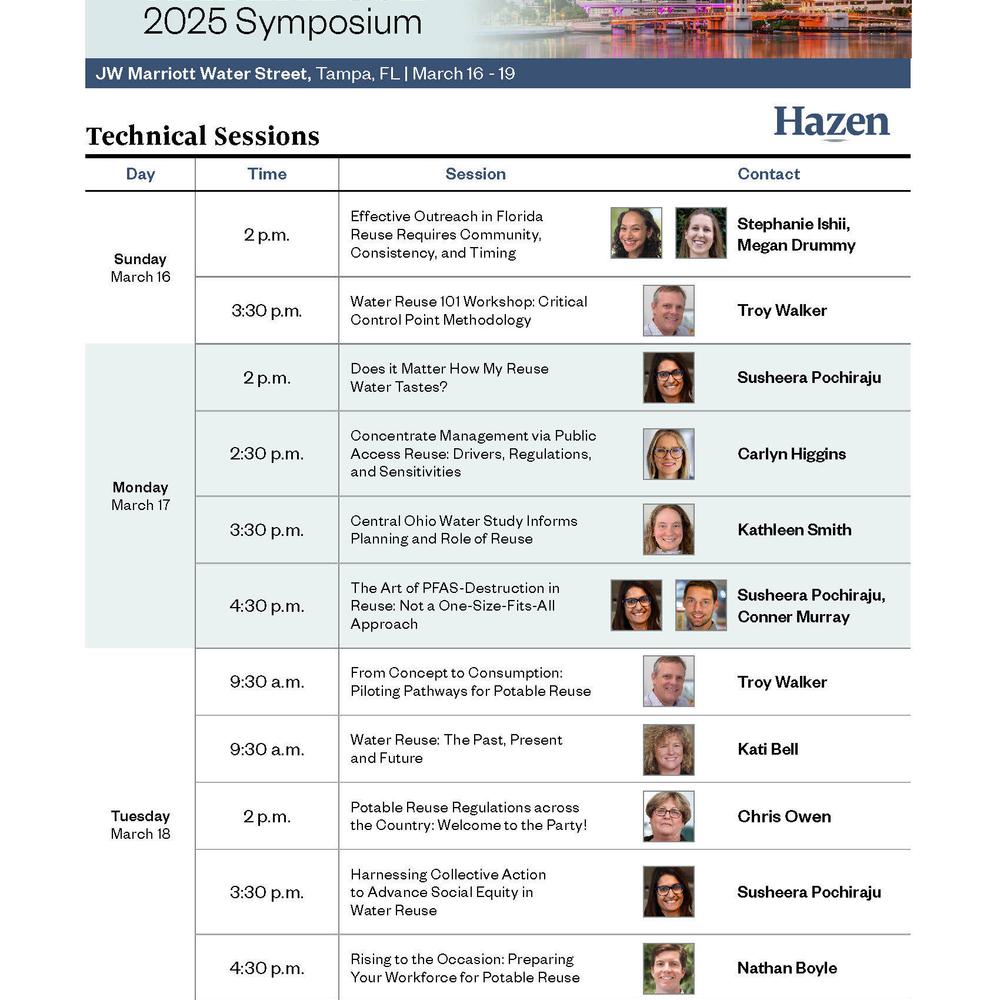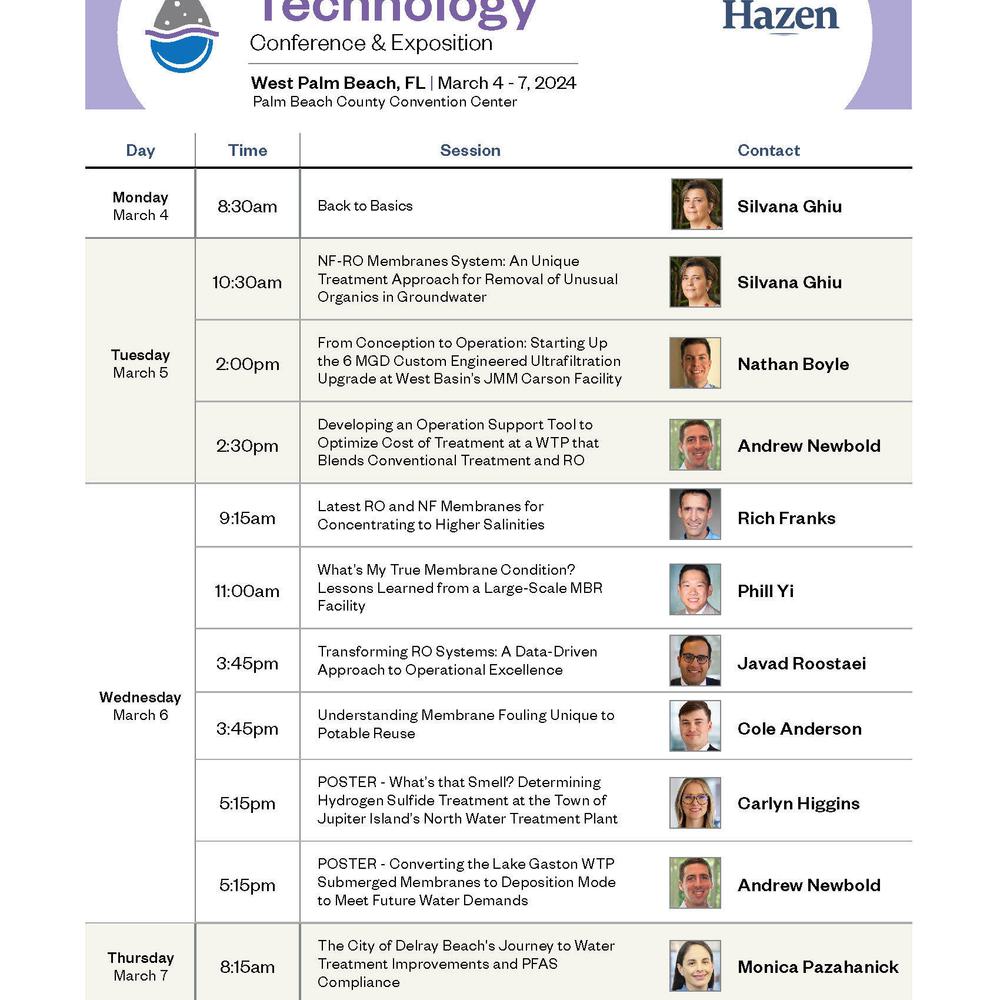The Innovative Approach to PFAS Treatment Systems
Hazen uses cutting-edge technology to address exceedance levels in two Massachusetts drinking wells.
In 2020, the Town of Danvers selected Hazen to provide the preliminary design of a per- and polyfluoroalkyl substances (PFAS) removal system for two wells used to supplement surface water supply. Both wells had detectable concentrations of PFAS – chemicals that have known adverse human health effects – with Well 1 exceeding the Massachusetts maximum contaminant level for the sum of six PFAS compounds (PFAS6). Hazen was tasked with implementing PFAS6 treatment at both wells while simultaneously addressing iron and manganese concerns at Well 1.
Dr. Erik Rosenfeldt is Hazen’s Drinking Water Practice Lead and a senior member of the firm’s Reuse and Applied Research groups.
Related Topics:

At a Glance
Hazen provided:
- Preliminary design report (PDR)
- Preliminary level drawing set
- Construction cost estimate
- 3-month PDR schedule
- Permitting requirements
- Sequencing
Adopting a Forward-Thinking Approach
Hazen evaluated PFAS6 treatment technologies with a focus on ion exchange (AIX) and granular activated carbon (GAC) treatment. Alternatives were evaluated and took into account media bed life, life cycle cost, media disposal concerns, reduction of organics and disinfection byproducts, and operability. Ultimately, GAC was selected, enabling the town to address PFAS while also giving it the ability to address potential future contaminants of concern.
The wells are supplemental sources for the surface water plant and are rarely operated simultaneously. Additionally, Well 1 has significant available space requirements as it is surrounded by wetlands. Hazen used this knowledge to develop an innovative, economical PFAS6 treatment system at Well 2 with blending capabilities and greensand filtration. The system allows the wells to operate independently or simultaneously in order to meet the Town's water supply requirements.

